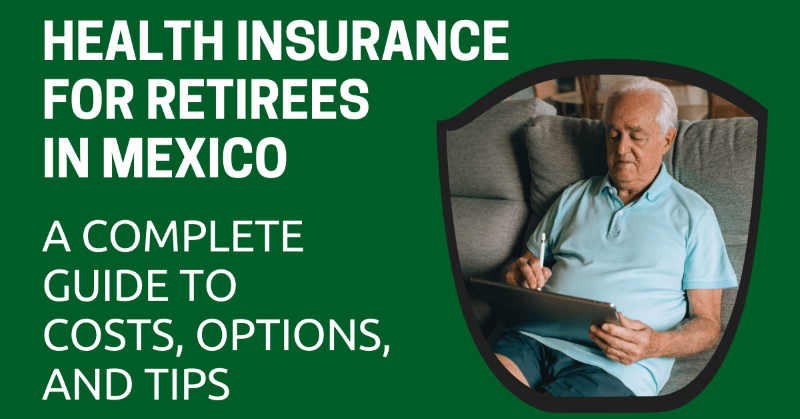
Based on my experience retiring in Mexico, here’s everything you need to know about health insurance for retirees, from IMSS to private plans and costs.
I’ll admit, when I first decided to spend extended periods in Mexico, I didn’t think about healthcare or healthcare insurance. I was younger, healthy, exercised, and didn’t live life to excess.
I encourage retirees not to take this attitude toward healthcare and healthcare insurance. Healthcare becomes more complicated as a person ages, and there’s a language barrier in Mexico for most retirees.
Before you decide to retire in Mexico, I think it’s best that you learn and understand the healthcare system and healthcare insurance in Mexico to the best of your knowledge.
After a quick rundown of the healthcare system and cost of healthcare in Mexico, you’ll find helpful tips on how retirees navigate the healthcare system in Mexico.
This article will take approximately 27 minutes to read. Don't have the time right now? No worries. Email the ad-free version of the article to yourself and read it later!
Disclaimer: This article may include links to products or services offered by ExpatDen's partners, which give us commissions when you click on them. Although this may influence how they appear in the text, we only recommend solutions that we would use in your situation. Read more in our Advertising Disclosure.
Contents
- Key Takeaways
- Differences between Public and Private Hospitals
- Costs of Healthcare in Mexico
- Pharmacy Challenges
- Pros and Cons of Healthcare in Mexico
- What Types of Health Insurance are Available to Retirees in Mexico?
- IMSS
- Private Insurance
- Expect Out-of-Pocket Expenses
- What about Medicare Advantage?
- Healthcare Hacks I’ve Learned While Living in an Urban or Rural Area with Language Barriers
- What Health Insurance Policy Is Best for You?
- Who are the Best Health Insurance Companies in Mexico?
- Now, on to You
Key Takeaways
- Healthcare in Mexico is much more affordable than in the U.S., but quality varies between public and private hospitals.
- IMSS is the cheapest option (around US$100/month) and good for emergencies, but expect long wait times, limited coverage, and language barriers.
- Private health insurance offers faster service, English-speaking doctors, and international coverage, but plans for retirees can cost US$350 to US$1,000/month.
- Travel health insurance works for short-term stays but isn’t available once you become a legal resident.
- Even with insurance, you’ll have out-of-pocket costs. Doctor visits are typically US$15–US$35, so many retirees pay cash for routine care and use insurance only for major procedures or hospital stays.
- Language can be a major barrier. Learning basic Spanish medical terms or using telemedicine apps can make doctor visits easier.
- Popular private insurers include Cigna Healthcare, Allianz Care, and Bupa Mexico. Many retirees also keep a savings account or credit card ready for emergencies.
Differences between Public and Private Hospitals
To understand health insurance options for retirees in Mexico, you first need to understand the differences between public and private hospitals in Mexico. It’s a key part of helping you choose the right insurance.
In most cases, there is a difference in the medical technology and equipment used between public and private hospitals. Newer IMSS facilities (public hospitals that accept patients who are insured with IMSS) are currently being constructed to replace outdated facilities in existing areas.
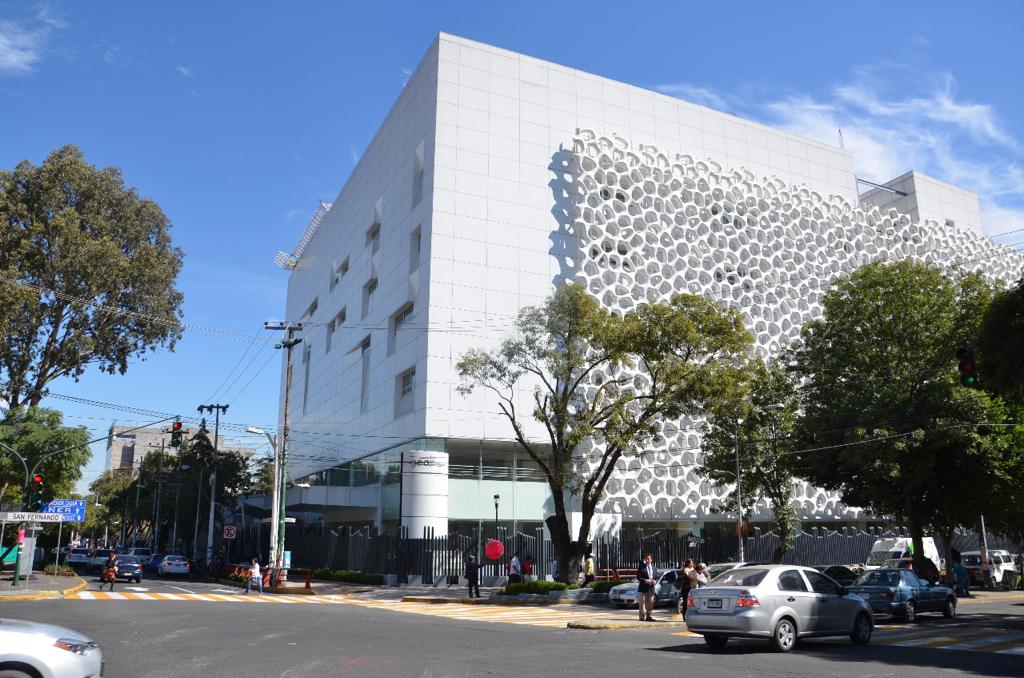
In general, private hospitals are capitalized to better facilities. Upgrades include newer medical technology and equipment, and they offer private rooms. Public hospitals do not offer private rooms except for those in Intensive Care or patients considered a risk to public health.
There has been a steady move by the newer Mexican administrations to upgrade and enhance public hospitals and clinics. In 2025, the Mexican government has allotted US$15 billion towards enhancing existing facilities and constructing newer facilities in underserved areas of the country. Overall, the plan under President Sheinbaum is to build or reconstruct 77 facilities across Mexico.
If you’re covered by IMSS, you won’t be treated at a private hospital. You can elect to be treated by paying full price with no discounts.
The same is true for private healthcare coverage. IMSS won’t take your private insurance; in most cases, they will not treat you for your injuries unless it’s life-threatening. Then, you’ll still get a hefty bill.
Here is a list of reputable private hospitals in Mexico.
Costs of Healthcare in Mexico
Healthcare costs in Mexico are significantly cheaper than in the United States. Retirees pay less for routine check-ups, surgeries, and most medications. Over the years, I’ve experienced an increase in the cost of services across the board based on inflation.
Some of this can be attributed to the pandemic from 2020 to 2023. Locals blame the increase on the influx of expats and retirees, while medical tourism in Mexico has become a multi-billion-dollar industry.
Lab work is also very reasonable in Mexico. There are numerous laboratories in every city and within rural communities. Blood tests can be quick at the laboratories, and you’ll usually receive your test results the same day.
Here is a quick reference table of notable healthcare costs in Mexico compared to costs in the United States:
| Medical Procedure | Cost in the United States | Cost in Mexico |
| Doctor Visit | Depending on Co-Pay | US$8 to US$30 |
| Lab Work (Routine Blood Work) | US$95.00 | US$12 to US$15 |
| X-Ray | US$125.00 | US$24 to US$30 |
| MRI | US$2,500 | US$300 to US$500 |
| Emergency Room (Minor Injuries) | US$1,000 to US$2,500 | US$25.00 to US$500 |
| One Night Hospital Stay* | US$3,000 | US$150 to US$270 |
| Knee Replacement | US$35,000 | US$10,500 |
| Heart Valve Replacement | US$170,000 | US$28,200 |
| Hip Replacement | US$40,000 | US$12,000 |
| Gastric Bypass | US$20,000 to US$25,000 | US$5,000 |
| Spinal Fusion | US$110,000 | US$22,500 |
| Hysterectomy | US$15,400 | US$4,500 |
| Angioplastia | US$28,200 | US$11,500 |
*Hospitals require an upfront deposit before treating someone for their injuries. The deposit can range from US$700 to US$1,600.
Please note that in areas with a heavy density of retirees, you’ll pay more, but the doctors will also speak more fluent English. In rural areas, you’ll pay less, and you can expect the language barrier to be a burden.
Pharmacy Challenges
Pharmacies in Mexico are different from those in the United States. You may or may not need a prescription for what you’re seeking to purchase. In general, a written prescription is required for antibiotics, anti-anxiety medications, any type of controlled narcotic including opioid-based medications for pain, and sleeping aid medicines.
Not all pharmacies are equal in Mexico. Many local pharmacies in Mexico don’t carry specialized drugs used for treating cancer, HIV, multiple sclerosis, and rheumatic diseases.
These drugs often require medical supervision, individualized dosages, and specific storage requirements. However, Mexico has instituted a plan to try to solve the problem of access to these life-saving drugs.
I found that living in an urban area, I had easy access to many types of pharmacies, including specialized ones. When I moved to a rural community, access to a specialized pharmacy was only available at the local IMSS hospital.
Although people were still able to purchase life-saving drugs like insulin at larger pharmacies, including Pharmacia Similares and Pharmacia Guadalajara in my rural community.
Pros and Cons of Healthcare in Mexico
There are several pros and cons regarding healthcare and healthcare insurance in Mexico. Whether you’re a tourist, snowbird, or a legal resident, it’s important to know your choices.
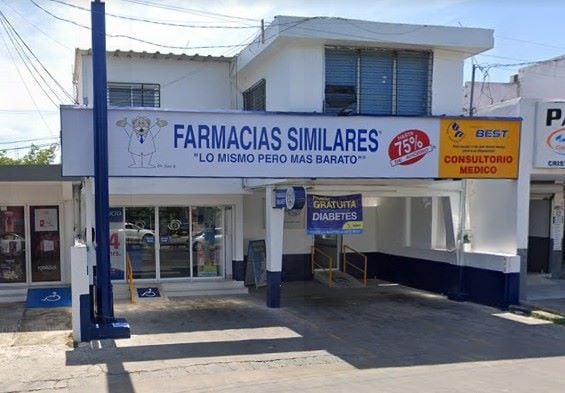
Pros
- In general, healthcare in Mexico is cheaper than in the United States and many countries in the world. You can expect to pay thirty to forty percent less in Mexico for treatments and common surgeries. Prescription drugs are anywhere from forty to seventy percent less than in the United States. Lab work or X-rays, such as an MRI, will cost approximately US$400.00 in Mexico compared to over US$2,500 in the United States.
- The quality of private healthcare in Mexico is comparable to that in the United States. Some of the world’s leading hospitals are located within cities such as Mexico City and Guadalajara. Major expat/retiree cities, including Puerto Vallarta, Playa Del Carmen, and the Lake Chapala area, have plenty of English-speaking doctors and medical specialists.
- There are public and private healthcare policies to fit any budget and type of traveler or retiree.
Cons
- Most healthcare providers do not cover pre-existing health conditions in Mexico. Pre-existing conditions may include high cholesterol, diabetes, and cancer, just to name a few. The list is quite extensive for aging individuals.
- The language barrier for non-Spanish-speaking adults is difficult. It’s best if you know enough to communicate with your doctor. If not, you’ll need to bring someone with you who can explain the medical problem and relay the proper recommendations from your doctor.
- Rural areas within the country do not offer sufficient healthcare choices for expats and retirees. In rural areas, you may face challenges from doctor visits to pharmacies to hospitalization to simple surgical procedures.
- Many expats/retirees save a separate credit card or savings account for medical emergencies. You might need upwards of US$10,000 if you have an unfortunate healthcare episode.
What Types of Health Insurance are Available to Retirees in Mexico?
Retirees in Mexico have options for healthcare coverage in Mexico. The three-tiered system was described earlier, laying the groundwork for you to decide what type of healthcare insurance you feel comfortable purchasing.
Retirees in Mexico have mainly three choices:
- IMSS
- Private healthcare insurance
- Self-insured
Let’s take a look at each option in more detail.
You’ll need to base your decision on several factors, including your overall health, your level of fluency in the Spanish language, your financial capacity, and your healthcare expectations.
IMSS
Quick summary: Affordable at around US$100 a month for retirees, but it’s only good for hospitalization and medical emergencies. Wait times and language barriers can be challenging, and treatment quality varies greatly between IMSS hospitals.
IMSS is basically public insurance in Mexico, and retirees can voluntarily apply for it.

I currently use IMSS for my healthcare.
Healthcare options in my neighborhood include an IMSS-funded hospital, along with a private hospital in a nearby town 30 minutes away. At first, I was hesitant to see what IMSS was all about, but I knew the monthly premiums would be more affordable.
I chose this mainly to have something in place for a medical emergency out of my control. For a simple doctor visit, I’ve found it more convenient to just pay on my own at a private hospital. I really didn’t want to wait many hours to see a doctor.
IMSS is its own beast. Be prepared to wait in line, both at facilities and to see specialists. I became accustomed to this in the United States when I was insured with Kaiser Permanente. Sometimes, specialists were harder to get an appointment with based on need and a patient’s overall situation.
The language barrier is hard to deal with at times. I’ve befriended a few people to help me with appointments, along with the translation of medications and diagnoses when needed.
How I Deal with IMSS
I was fortunate to make friends with people who can speak Spanish. One of my friends is also a nurse who works at the IMSS hospital, and they help me tremendously with using IMSS. Without them, I would have many problems with it.
I had concerns about language barriers. I’m only at a seventy percent efficiency level. I was unsure if they would be able to understand the questions I needed to ask or if I would understand their answers. But in the end, I never used the questionnaire when I went to IMSS.
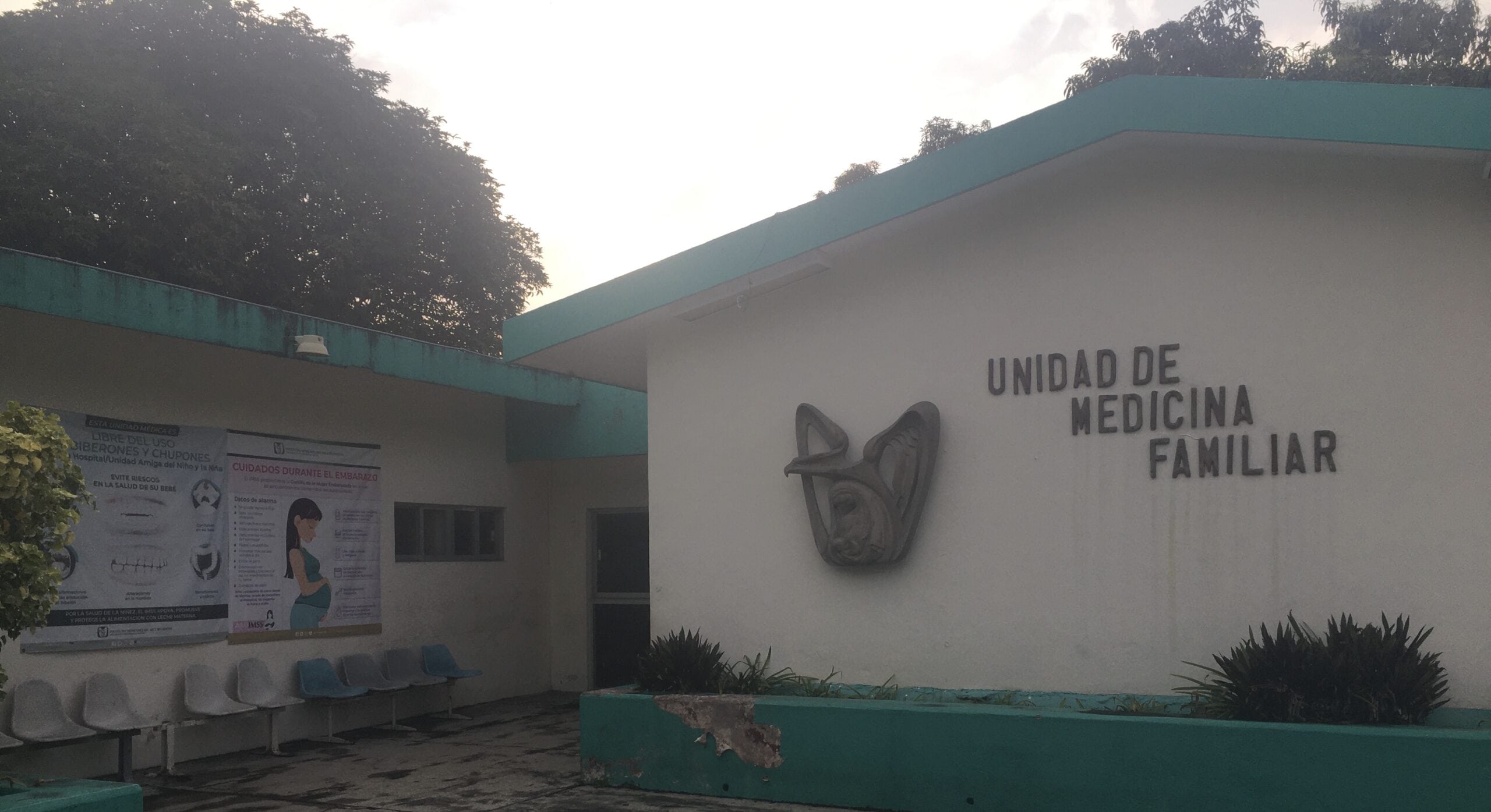
I knew I was the only expat who lived in the community, but I knew bilingual people who could help me. I first approached the teacher at the local English school. We were able to communicate with each other, and she gave me some tips.
She also helped me write down my questions on paper so my pronunciation in Spanish did not stray from what I was asking. The questionnaire she helped me form was helpful and turned out to be a new healthcare hack in my situation.
My next stop was to speak with a friend who works as a nurse at the local IMSS hospital. We’ve known each other for several years through different acquaintances and have helped each other in the past with English and Spanish.
My friend understood my questionnaire and chuckled. He told me which personal documents I needed to take with me and where to go to fill out an application. He told me an online application was not available.
My Experiences Using IMSS
On my first visit, I quickly understood that the language barrier was not helpful but not a deal breaker. I knew after a few sentences that it was important to start learning more medical terms in Spanish. Click here for a great free resource on translating medical terms.
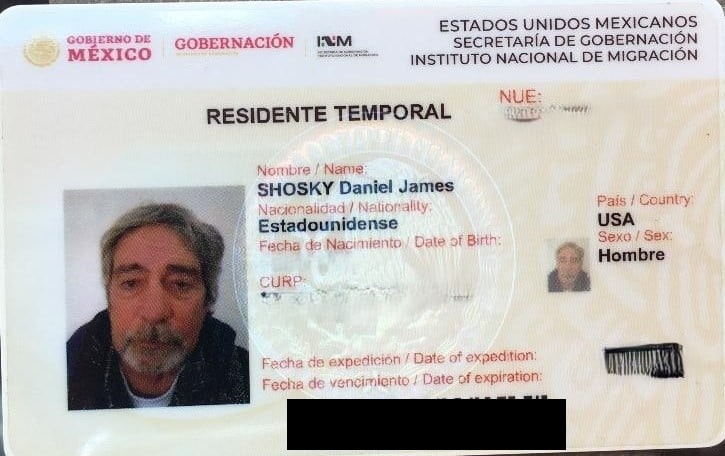
My second visit was a little smoother, but I only made these visits to get a feel for the experience.
I downloaded the IMSS Health App, where I continue to hone my Spanish skills and knowledge about the services. I now know what to expect if I broke my leg, my arm, had a fall, or contracted dengue again.
Fortunately, I’ve paid the annual fee to renew IMSS for the last two years without having to use the system extensively.
IMSS Fee
I’m in my sixties and paid the annual fee of MXN $18,300 (US$1,000). I renewed my plan in March 2025 for MXN $19,800 (US$1,096), roughly a seven percent increase from the previous year.
Application
I applied for IMSS by going to the main clinic in town, where I was able to get an application. I asked the IMSS employee if I could take the application home to fill out with my friend. When I returned with my completed application, the IMSS employee explained that, upon review of my application, I would pay an annual fee to access healthcare at the IMSS clinic and hospital.
The review time of my application by IMSS personnel took several days. After reviewing my application, they gave me a list of what would not be covered by the annual fee. The list was extensive, including cancer, diabetes, heart disease, coronary problems, and other medical issues. I knew the list they gave me was standard for almost anyone at or over the age of 60.
Even though the language barrier was a problem, I knew some type of healthcare coverage was obtainable.
If you’re thinking about applying for voluntary IMSS, here is a link to help you with costs and documents needed to complete the application.
Private Insurance
Quick summary: The best but also the most expensive option. You can visit a private hospital both in Mexico or other countries, depending on your plan.
Retirees prefer private healthcare providers for numerous reasons, including the lack of a language barrier, the ability to schedule appointments with specialists, and no waiting list for surgeries unless a specialist is not available.

There are a variety of healthcare policies offered by reputable companies:
- Mexico-only healthcare policy from Mexican-based healthcare insurance companies. Only valid while residing in Mexico and may be limited to a specific group of doctors and hospitals.
- International healthcare policy. This policy is popular with people who continue to travel abroad while residing in Mexico.
- Personal Accident or Catastrophic Policy. This policy is popular with retirees who are covered under Medicare and want protection while residing in Mexico.
Private healthcare policies for retirees in Mexico are available from many reputable international companies, including Cigna Healthcare, GeoBlue, Allianz Care, and International Medical Group (IMG).
Local private healthcare companies active in Mexico include MetLife Insurance, Bupa Mexico, Guardian Insurance MX, and Sanborn’s Insurance.
Private Insurance Fees for Retirees in Mexico
Private healthcare insurance for a 60-year-old person can range from US$350 to US$1,000 per month, depending on deductibles, co-pays, and coverage.
Should You Get Private Insurance?
In my opinion, if you have the budget, this is the best option available. IMSS works for me since I know a nurse who worked in the IMSS hospital for many years.
If I didn’t know that nurse, I would check out Cigna Healthcare. They are quite popular here, and their plans are very good. I might seriously consider it myself.
Private healthcare providers give retirees more flexibility for treatments, surgical procedures, and wellness. The extra peace of mind comes at a cost, but most don’t seem to worry about it.
You can get a Cigna Healthcare quote here.
Travel Healthcare Insurance
Quick recap: Cheapest option but only comes with emergency health coverage and only available to those who temporarily live in Mexico.
When I first moved to Mexico, I relied on travel insurance. It worked at that time since I was still traveling back to the United States quite often. I chose to purchase a travel health insurance policy that utilized private hospitals and private hospital networks, primarily in areas with a high density of expats and retirees.
Fortunately, I used my travel insurance policy once in Mexico over two years. I severely sprained my ankle and went directly to the same private hospital. I understood they would accept my travel insurance, which I was covered under. The process was seamless, and I had a good experience. I paid around US$75.00 for incidentals not covered by my policy, mainly for pain medication and crutches.
I was able to renew my original travel healthcare policy for two consecutive years. It included coverage in Latin America and the United States. The overall cost was roughly US$65.00 per month with a US$5,000 deductible. I felt the policy was quite affordable for having health insurance security while living in Mexico.
However, this option is no longer available to me. At this time, I have received my Temporary Resident status in Mexico. Being a legal Temporary Resident voided any option of purchasing travel healthcare insurance.
Self-Insured
While this option is available, I don’t recommend it. Even though the cost of healthcare in Mexico is affordable, most hospitals still require a deposit before treating you if you are uninsured.
I was uninsured a few years ago when I suddenly had dengue fever. Fortunately, my nurse friend sent me to a hospital where he was working at the time, so I could get treatment. Without him, I didn’t know what would have happened to me.
Because of that experience, I decided to have insurance.
So, if you have a budget, just get private insurance. If you don’t, at the very least, get IMSS. It can be a lifesaver.
Expect Out-of-Pocket Expenses
Whether you’ve decided to purchase healthcare insurance from a private company or through IMSS, you should still expect out-of-pocket expenses.
For example, in my case, while I am insured with IMSS, I still visit a hospital and pay out-of-pocket since I don’t want to deal with the waiting time. The cost of the visit is affordable.
There are plenty of qualified doctors throughout the country for simple office visits. Most office visits will cost you between US$15.00 to US$35.00, depending on your location.
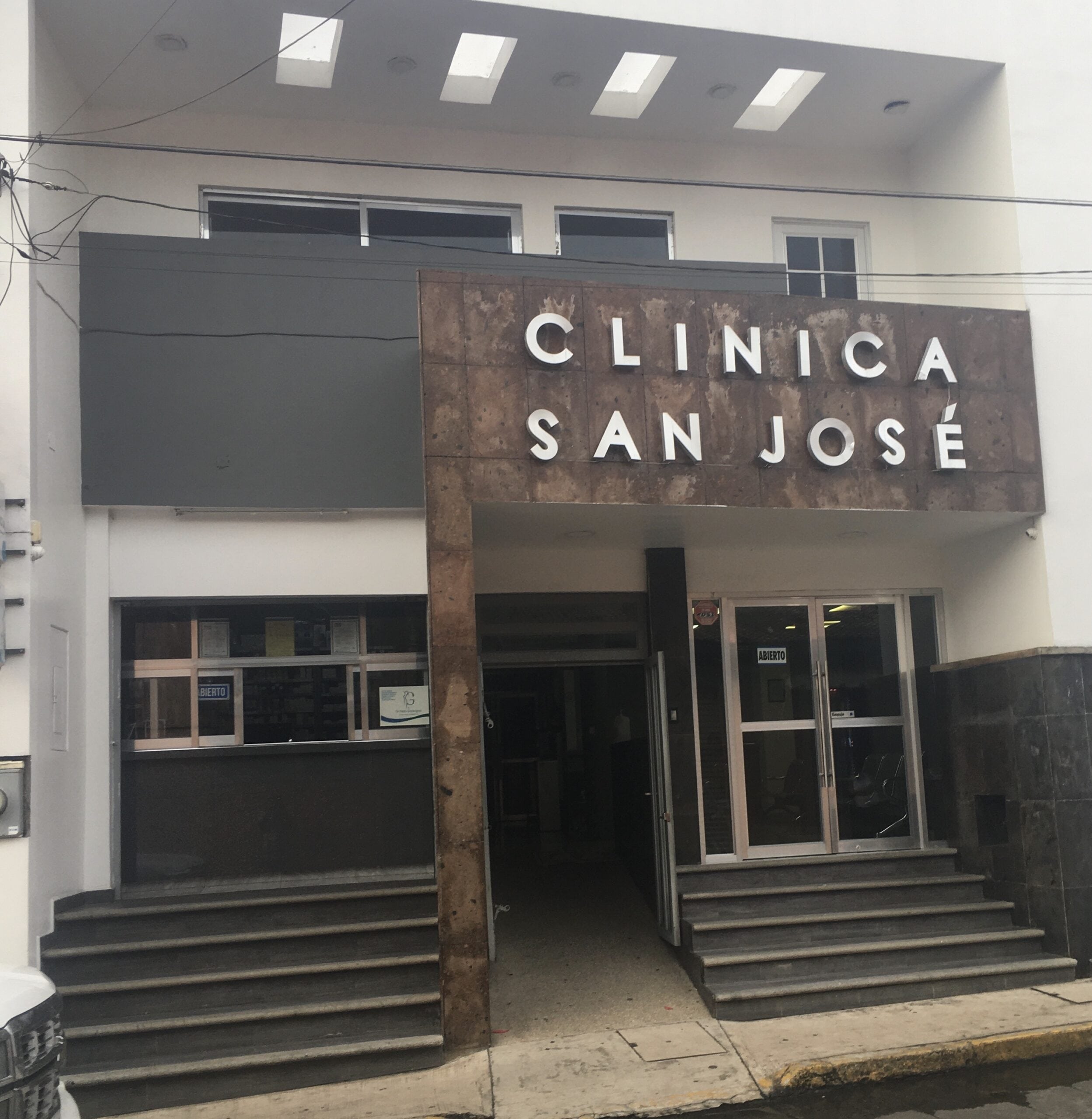
Therefore, many retirees in Mexico just supplement their out-of-pocket expenses from their healthcare policy. This also includes those who buy private insurance since it keeps their insurance plan affordable.
In my opinion, I’ve found filing an insurance claim for a simple check-up or doctor’s visit for a common cold to be time-consuming. It’s just better and easier to pay out-of-pocket and let the insurance cover hospitalization.
You know your body better than anyone else. You know a common cold does not require a trip to your doctor’s office.
What about Medicare Advantage?
If you are from countries with Medicare or good public insurance like Canada, many retirees will rely on the Medicare benefits they receive back home. Although your home country’s public insurance is usually not viable in Mexico, many retirees still find a way to use it.
For example, if you are from the U.S., a common trick for retirees with Medicare Advantage coverage is to plan their return trips to visit family around doctor appointments or annual check-ups. The scheduling of appointments in the United States is done far enough in advance to give retirees time to plan.
Some retirees will schedule a necessary surgery through their home country public insurance coverage, eliminating the need to undergo elective surgery in Mexico.
Retirees will also schedule appointments with specialists while visiting friends or attending to business at home.
Healthcare Hacks I’ve Learned While Living in an Urban or Rural Area with Language Barriers
Over the past few years, I’ve honed the healthcare hacks I learned while living in urban and rural areas with expats and retirees. I leaned on trusted friends who didn’t steer me in the wrong direction. I spoke with them about private and public doctors, the various labs available, and nationwide pharmacies. Here are some helpful hacks to help a future retiree from retirees.
Keeping Costs Affordable
- Listen to wisdom. Many of the people you strike up friendships or conversations with have valuable knowledge. Most of the time, these individuals want to help you navigate the unpleasantness of their past learning experiences. Listen and take notes.
- More often than not, one of your expat friends knows exactly which doctor or pharmacy to visit. Not all are created the same. I learned how to navigate the healthcare system in real time without major complications with their help and advice.
- Learn to pay out-of-pocket for simple things, including doctor visits, which are usually cheaper than a co-payment. Paying cash also makes it easier to start a firm relationship with a quality doctor without the hassle of paperwork or restrictions from healthcare insurance companies.
- Numerous pharmacies in Mexico can prescribe medications for you after a consultation with an onsite professional, for as little as US$3.00 to US$8.00.
- Lab work is easily available at many private locations. Most of the time, you get your results the same day, depending on the type of blood work needed.
- Only use your healthcare insurance as a last resort. When I sprained my ankle, I used my insurance to pay for the emergency room visit, the X-rays, lab work, and a mobile cast. I paid out-of-pocket for medications and crutches.
- Pay for prescriptions or routine medications out-of-pocket. Mexico’s pharmacies can be challenging to navigate, but you’ll pay significantly less per dose than in the United States. However, you won’t have the luxury of ordering more than a couple of weeks of medications.
- Specific pharmacies offer discounts on certain days of the week. For example, Pharmacia Similares offers a 25% discount on medication every Monday, buy-two-get-three deals on Tuesday and Thursday, along with a 25% discount on Fridays on everything online, including medications and over-the-counter drugs.
- I continue to use private labs for blood work because of their affordability and how well they work with private doctors. I have a new private doctor who charges MXN $150.00 (US$8.00). There might be a language barrier, but it beats waiting in line at IMSS.
Using Technology
- Make a detailed list of problems in Spanish and English before visiting your doctor. If you have a friend who can help you write them down correctly, that’s even better. Your doctor will appreciate your effort either way. Here is a bilingual medical dictionary to help with medical terms.
- There are numerous smartphone applications that function well for taking your vital signs before visiting a private doctor. Many new smartphones already have these functions built in, so you don’t need to download an app.
- Telemedicine is very helpful. You can find doctors who speak a variety of languages, and your consultation can take place through a video call on your phone or computer. Here are two companies in Mexico that offer telemedicine options: Doctoralia and 1DOC3. Within the app, you’re able to screen for language fluency and medical specialty. I use them as a second opinion for any questions I may have about a diagnosis or a medication.
Bringing Medications to Mexico Hack
There are restrictions on various medications and prescriptions you can legally bring into Mexico. Many retirees can order three months of prescription medications and coordinate the delivery process with their annual check-ups.
Others might have their medications drop-shipped to a nearby facility in a United States border town. They will either drive and pick them up in person or return home and then fly back to Mexico with their medications.
Again, all of these healthcare hacks are widely used by retirees. There are costs associated with these healthcare hacks, like the price of transportation and living costs once back in the United States.
What Health Insurance Policy Is Best for You?
Only you can decide the level of comfort you need for peace of mind. Some retirees want a policy that covers everything from doctor visits to wellness care to hospitalization to prescriptions.
Other retirees choose a mixture of coverage that has them paying more out-of-pocket expenses but gives them the freedom to choose their options and direction of healthcare.
One aspect of your healthcare policy that might be overlooked is Emergency Evacuation. Many retirees add this to their healthcare policy for several reasons, including being skeptical of the overall medical services, wanting to be close to family members during a difficult time, and retirees with Medicare Advantage coverage who know they can be treated in the United States for life-threatening situations.
Talk with a licensed insurance broker and discuss your needs. Each broker will have many options for you based on a brief discussion with you. You can check quotes here.
Who are the Best Health Insurance Companies in Mexico?
Although there is no consensus on which is the best healthcare company in Mexico, there are plenty of opinions on social media. One thing does stand out: IMSS is not popular with retirees or expats. Most retirees don’t like the idea of being put on a waitlist for a procedure or to see a specialist.
I’m covered by IMSS, but I experience plenty of out-of-pocket expenses to avoid long lines and crowded hospitals. I’ve found the treatment I’ve received at IMSS facilities to be equal to that of private facilities, just at a slower pace.
Each retiree feels strongly one way or the other about their healthcare company and their coverage. Throughout the various communities, good words have been spoken about Cigna Healthcare. On the travel insurance side, IMG seems to be the preferred choice.
Now, on to You
The decision is now left to you about how you want to approach your healthcare situation when moving to Mexico.
Do your homework and reach out to doctors and hospitals before making the move. It’s always better to be prepared than to end up in the hospital with no insurance or no strategy.
Now’s a great time to keep practicing your Spanish because you’ll minimize the language barrier with every new phrase you learn.








